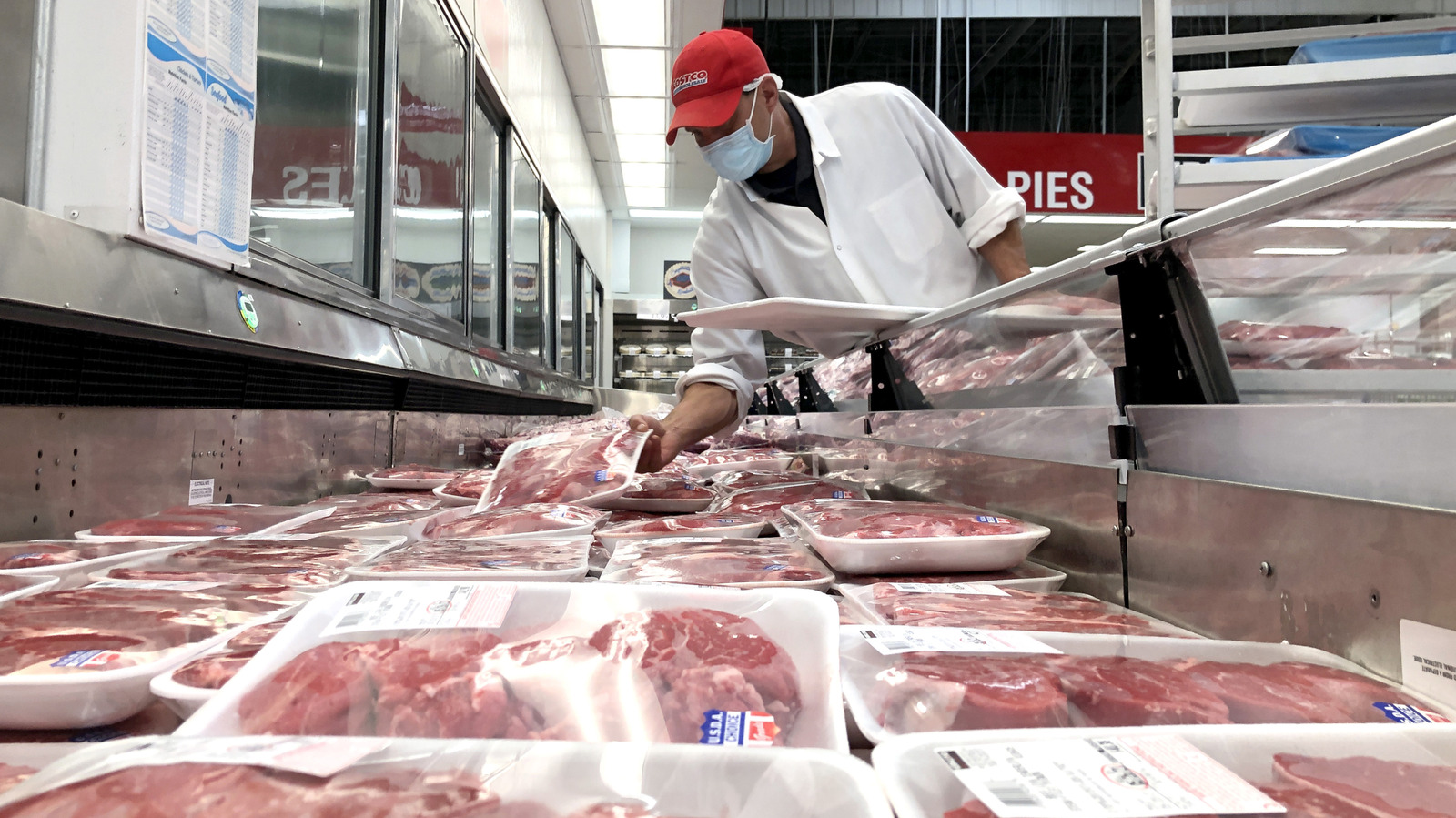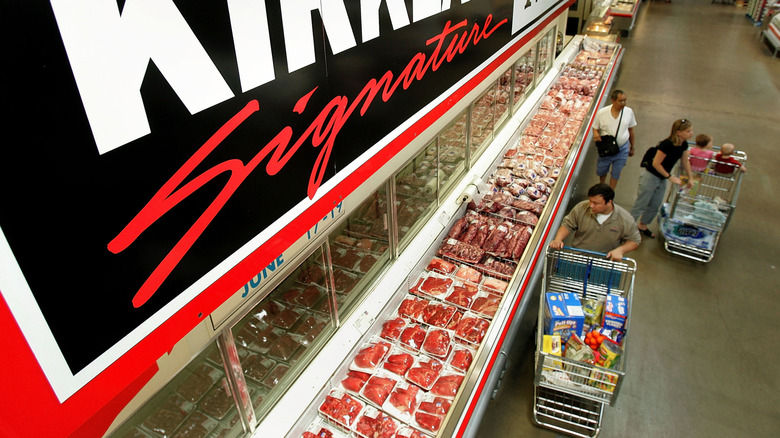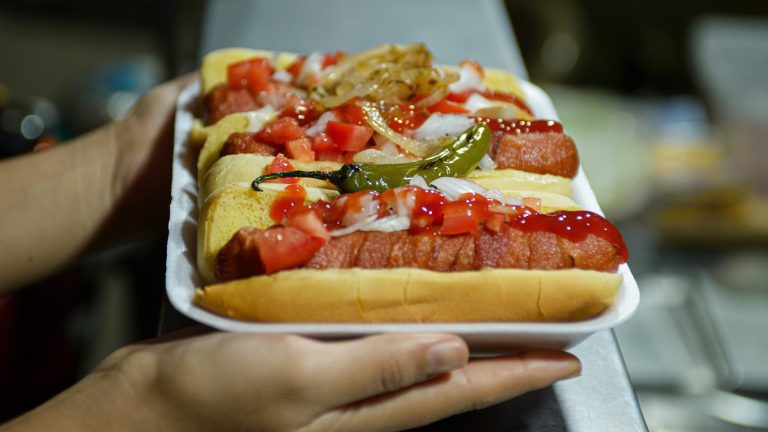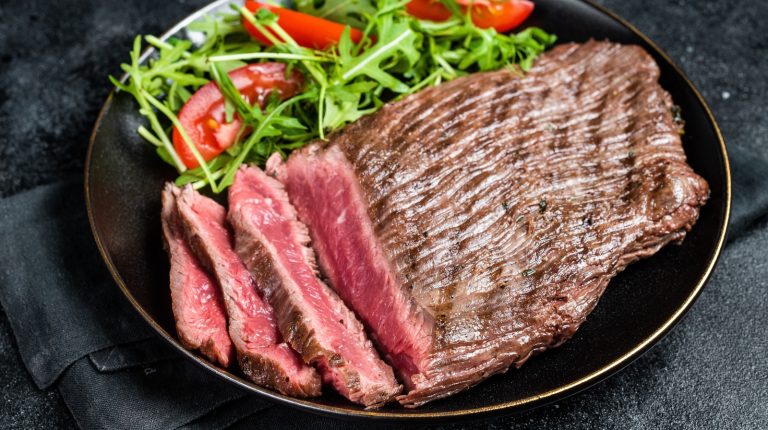The Costco butcher counter deservedly attracts lots of attention. Whether you’re looking to pick up Costco’s excellent prime beef for steak night or an atypically large multi-pound cut, the store’s meat offerings are distinct from other purveyors. The retailer has honed in on high-quality beef sold at accessible prices, garnering a dedicated fan base among both consumers and smaller businesses.
Naturally, such an approach raises lots of fascination; how could a store sell products like ground beef for nearly half the price? Well, there’s a breadth of interesting facts about Costco’s meat department, with under-the-counter strategies that deliver affordable premium meats. Most noticeably, the wholesale club’s sales strategy rests in bulk.
While a standard grocery sells beef broken down into easy-to-use 1- or 2-pound packages, Costco will sell 10-pound tri-tips and equally large tubes of ground beef, among many other bulk meats. Up-front, the cost of such items stings, but divide it out per pound, and the price drops — a sign of a smaller price hike from the meatpacker. In fact, Costco delivers a lower markup across all items in the store, aiming to increase the frequency of sales. So with big beef packages moving more frequently, they can afford to lower prices and stock more high-quality meat.
Other ways Costco keeps meat prices down
In addition to simply transferring more inventory, Costco warehouses maximize beef costs through other routes, too. Among all grocers, they account for a sizable percentage of beef sales, cementing strong ties in the industry. Costco sources its meat from a range of suppliers, often working with the biggest ranching and meat-packing suppliers nationwide. Such a status grants them better access to cuts like prime, which aren’t available to all distributors.
In 2019, the wholesale club even started overseeing poultry production start to finish, in large part for the celebrated $4.99 rotisserie chicken, one of its biggest “loss leader” products. (Costco loses money on its cheap rotisserie chickens, but the deal brings shoppers through the door.) Such vertical integration is unprecedented for a retailer — an entrepreneurial move to maintain the low price of one of its most popular items despite inflation and generally drive down costs at scale.
Costco comes with in-store optimization strategies, too. Reddit users note the store’s aversion to custom cuts; unlike other stores, Costco butchers often won’t trim beef for you. In fact, one customer even cited that the meat counter would slice a package cut only with a steep price hike. While such experiences don’t outline an officially stated policy, they evince the retailer’s pragmatic approach. Even details like the lack of decor help further cut overhead, revealing Costco’s dedication to optimizing product sales. Such financial optimization adds up and translates to the meat costs; Costco lets premium products like its excellent prime ribs speak for themselves. As a result, consumers won’t need to tune into the intricacies of the butcher counter supply chain, but will simply come back for the low prices.





